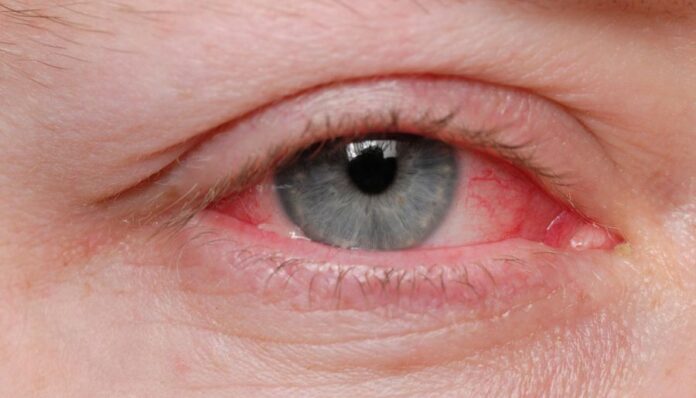Pink Eye Outbreak in Punjab
In response to a significant outbreak of conjunctivitis, commonly known as pink eye, in the province of Punjab, the provincial government has taken decisive measures to curb the spread of this contagious eye condition. This article explores the details of the outbreak, the government’s response, and the steps taken to protect the health of the public.
1. The Pink Eye Epidemic in Punjab
Pink eye, or conjunctivitis, is an eye condition characterized by redness, itching, and discharge from the eyes. It is highly contagious and can spread rapidly in densely populated areas. Punjab has recently experienced a surge in pink eye cases, with over 500 to 600 patients reported in state-run hospitals.
2. Impact on School-Going Children
The outbreak has hit the heart of the problem, affecting people of all age groups, but particularly school-going children. Many children have not been adhering to precautions at school, leading to a higher rate of infection among this demographic.
3. Government’s Decisive Measures
In light of the rising number of infections, the Punjab government has decided to close all public and private schools from September 28 to October 1st. This temporary closure is aimed at preventing further transmission of the disease within school premises.
4. Parental Responsibility
The government has urged parents to take special care of their children during this period. It is essential for parents to ensure that their children practice good hygiene and take necessary precautions to avoid contracting pink eye.
5. Factors Contributing to the Spread
Medical experts attribute the rapid spread of pink eye to densely populated urban areas and unfriendly environments like factories and markets. These areas tend to have conditions conducive to the transmission of contagious diseases.
6. Government’s Protocols for Schools
When schools reopen on October 2nd, the Punjab school education department will implement strict protocols to minimize the risk of infection among students and staff. These measures include enhanced sanitation, regular handwashing, and the use of masks.
7. Interim Chief Minister’s Optimism
Interim Chief Minister Mohsana believes that the government’s swift action in closing schools and implementing safety measures will lead to a significant reduction in pink eye cases, potentially by 50%.
8. Widespread Eye Inspections
To further combat the outbreak, plans for widespread eye inspections have been put in place. These inspections will help identify and isolate infected individuals, preventing further transmission.
9. Healthcare Preparedness
Healthcare facilities across the province are well-prepared to handle the influx of conjunctivitis patients. They have ample supplies and medical staff ready to provide prompt treatment and care to those in need.
Conclusion:
The outbreak of pink eye in Punjab has prompted the government to take swift and decisive action to protect public health. By closing schools, implementing strict protocols, conducting widespread eye inspections, and ensuring healthcare readiness, the government aims to contain the spread of this contagious eye condition and provide timely care to affected individuals. It is imperative for parents and the public to cooperate with these efforts to prevent further infections and safeguard the well-being of the community.

